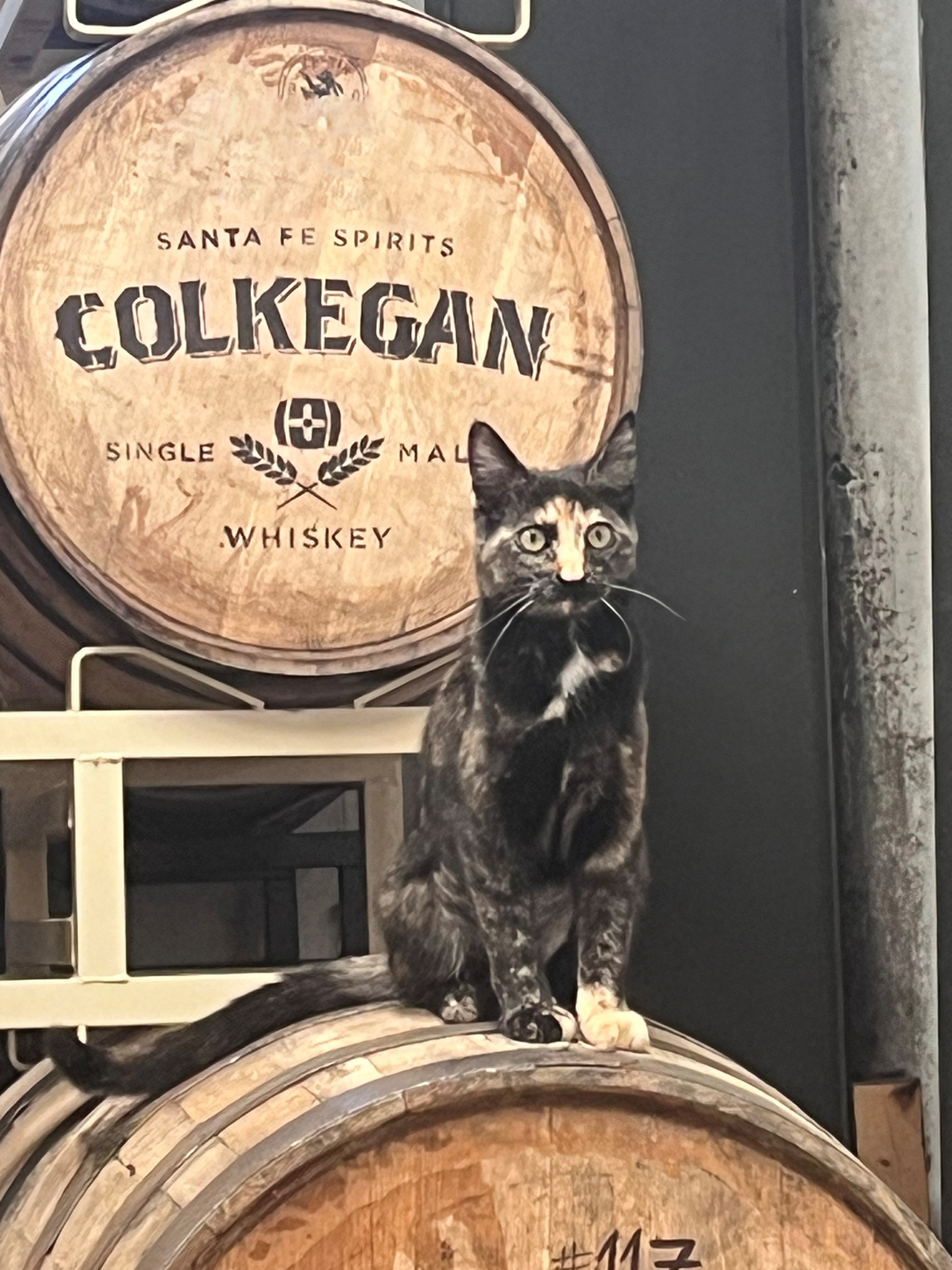Distillation Process
Contrary to popular belief, distilling alcohol and making alcohol are two completely different processes. All alcohol, be it in beer, wine, whiskey, or vodka, is not even produced by a brewer, winemaker, or distiller - it is produced by a humble, single-celled organism called yeast. So just as a good beekeeper tends his bees and keeps his bees healthy in order to make good honey, a good distiller tends his yeast and keeps his yeast happy. This is the first and most important step to making exceptional spirits, and absolutely vital to the artistry behind our micro-distillery process.

Happy yeast takes the sugars from fruits and grains and breaks them down into carbon-dioxide and alcohol. This process, known as fermentation, is the first step in making any spirits, and the only step where alcohol is actually made.

Once the yeast has done its job, the distiller is left with a wash that has an alcohol content of approximately 10%. In order to turn this wash into a spirit of one kind or another, the art of distillation is necessary.

Distillation is commonly done in one of two ways: on a continuous basis in a large, industrial scale still, or on a batch basis, in a small artisanal still. Large continuous stills are ideal for creating pure, neutral spirits like vodka, and small batch stills are ideal for creating flavorful spirits like whiskey and brandy. Santa Fe Spirits utilizes both types of stills, depending on the desired flavor: a batch still for whiskey and apple brandy, and both a continuous still and a batch still for vodka and gin.

Once distillation is complete, a spirit may be bottled immediately or it may need to be aged. All spirits come out of the still crystal-clear; spirits like whiskey and brandy only get their color from subsequent barrel aging. Barrel selection is extremely important: smaller barrels yield a spicier, oakier flavor while larger barrels yield a mellower, more complex flavor. Again, depending on the desired flavor, Santa Fe Spirits utilizes both large and small, and new or used, barrels for aging.

For more information about the distillation process please explore the pages discussing each individual product in more detail, or, better yet, swing by the distillery for a tour!


